Blackburn Buccaneer RAF 237 Operational Conversion Unit OCU Squadron
Production Time 9 to 10 weeks
Shipment is by FedEx, UPS or DHL International Express Courier with a normal door-to-door delivery time worldwide of within 2-3 business days after dispatch. Due to the current volatility of world fuel prices, the amount mentioned here is our best estimate for DHL and UPS and may be subject to change at the time of shipping.

Model Description: Blackburn Buccaneer RAF 237 Operational Conversion Unit OCU Squadron Wood Replica Scale Custom Model Aircraft
Manufacturer: Blackburn
Wingspan: 11.8 Inches (30 Centimeters)
Height: 4.4 Inches (11.2 Centimeters)
Scale: 1:45
$239.50
Production Time 9 to 10 weeks
-
United States dollar ($)
-
Pound sterling (£)
-
Euro (€)
-
Australian dollar ($)
-
Canadian dollar ($)
-
Singapore dollar ($)
-
Swiss franc (CHF)
-
Japanese yen (¥)
-
Danish krone (kr.)
-
Hong Kong dollar ($)
-
Norwegian krone (kr)
-
Swedish krona (kr)
-
United Arab Emirates dirham (د.إ)
General Product Description
Our PlaneArt Blackburn Buccaneer RAF 237 Operational Conversion Unit OCU Squadron model exhibits unique, unrivaled quality and detailed design to come as close as possible to the accuracy of the actual plane. It comes as standard with a robust, durable base or stand which is available in a variety of different finishes designed to match your own personal requirements including solid wood, wood with polished metal supports or adjustable wood wall mount and will be ready within about 9-10 weeks from placement of order.
The Blackburn Buccaneer RAF 237 Operational Conversion Unit OCU Squadron model is made of the finest kiln dried renewable mahogany wood (commonly known as Lauan or Meranti) which has undergone many stages of carving and meticulous and careful sanding giving the beautiful, finished museum quality masterpiece. Many collectors and model connoisseurs demonstrate their preference for genuine handmade and hand painted mahogany wood models rather than plastic or die cast (diecast) alternatives due to the overall look and totally different feel of the item - we trust you will find the same. We can however, if required produce the same model in Solid Cast Resin so just click and contact us for further information. Our craftsmen and gifted artisans ensure that our finely handcrafted model airplanes match the precise blueprint details of the original aircraft. The paint scheme, markings and parts are closely matched, reflecting the original aircraft. This stylish top-quality desktop replica model will surely enthrall anyone who receives this as a gift and for sure one of the most appropriate and desirably collectable gifts for any aviation enthusiast or avid military jet aircraft collector whilst also displaying a perfect resemblance to the actual real life version.
There are many types of military jet aircraft, but the basic types are bombers, fighters, fighter bombers, spotter planes, transporters, patrol aircraft, trainers, and reconnaissance and observation aircraft. All these types of aircraft are used for different types of missions. If you're a fan of historic or present-day military aviation, our model aircraft will bring the excitement and character of these aircraft right into your own home.
If you require, we can also make the Blackburn Buccaneer RAF 237 Operational Conversion Unit OCU Squadron model in any other military, government or even private livery or colour scheme you require and if necessary, in a different size or scale. Just click here to contact us with a description or photographs of what you require, and we will let you have a quotation for the necessary customization by return email. We can also make bespoke scale replicas of any other private / civil commercial airliner or airliners, helicopter, glider, gliders with engines, military propeller, warplane jets, biplane, triplane, tail fin, spacecraft, rocket or NASA model you require in any airline, military or civilian livery or colors. We also produce model airships, blimps, dirigibles, blimps, boats, and ship collectibles. Wall plaque or seal for military, government or private customers. Again, by clicking here to contact us just let us know exactly what you need.
The Blackburn Buccaneer: RAF 237 OCU Squadron’s Legacy
In the annals of Royal Air Force history, certain aircraft stand out for their unique contributions to military aviation, and the Blackburn Buccaneer is undoubtedly among these distinguished ranks. This iconic British jet, known for its low-level strike capabilities, served with distinction across several RAF squadrons, including the notable 237 Operational Conversion Unit (OCU). This article delves into the legacy of the Buccaneer within the 237 OCU, highlighting its operational role, technological advancements, and lasting impact on RAF tactics and training.
The Buccaneer’s Inception and Role:
Developed in the late 1950s, the Blackburn Buccaneer was designed to meet the Royal Navy’s need for a carrier-based strike aircraft capable of delivering nuclear or conventional weapons. However, its exceptional performance, particularly at low altitudes, soon caught the RAF’s attention, leading to its integration into the service in the late 1960s. The Buccaneer’s design, featuring a high-speed, low-altitude penetration capability, made it an ideal platform for striking behind enemy lines while avoiding radar detection.
237 OCU: The Heart of Buccaneer Operations
The 237 Operational Conversion Unit, stationed at RAF Honington, played a pivotal role in the Buccaneer’s RAF service history. Established to train both pilots and navigators in the complexities of operating the aircraft, the 237 OCU was the backbone of the RAF’s Buccaneer operations. It provided comprehensive training that covered every aspect of the aircraft’s operation, including navigation, weapons systems, and the low-level flying techniques that were the hallmark of Buccaneer operations.
Key Features of the Buccaneer:
The Buccaneer stood out for several innovative features:
- Low-Level Performance: Designed for stability and speed close to the ground, the Buccaneer could evade radar detection by flying at extremely low altitudes, making it a formidable opponent.
- Swing-Wing Capability: While the Buccaneer did not have a true variable-sweep wing, its wing design allowed for a degree of sweep back, enhancing its aerodynamic efficiency at high speeds.
- Naval Origins: Its robust design for carrier operations meant the Buccaneer was incredibly durable, capable of withstanding the rigors of both carrier landings and the low-level, high-speed ingress into enemy territory.
- Sophisticated Avionics: For its time, the Buccaneer was equipped with cutting-edge navigation and weapons systems, allowing it to engage targets with precision in adverse weather conditions and at low levels.
The Legacy of 237 OCU and the Buccaneer:
The Buccaneer’s success in RAF service was not just due to its advanced design but also to the rigorous training regimen implemented by the 237 OCU. The unit ensured that crews were expertly prepared for the demands of operating the aircraft, contributing significantly to the Buccaneer’s operational achievements. These achievements included critical roles in the Cold War deterrence posture of the UK and operational sorties in the 1991 Gulf War, where Buccaneers were deployed for laser-guided bombing, demonstrating their continued relevance even in the era of modern warfare.
Conclusion:
Though the Blackburn Buccaneer and the 237 OCU have since passed into history, their legacy endures. The Buccaneer remains a symbol of British ingenuity in aircraft design and a testament to the RAF’s adaptability and operational excellence. The 237 OCU, through its rigorous training programs, set a standard for operational conversion units that has influenced RAF training doctrines to this day. As we reflect on the contributions of the Buccaneer and the 237 OCU to military aviation, their stories remain a compelling chapter in the RAF’s illustrious history.
| Weight | 6 kg |
|---|---|
| Dimensions | 17 × 11.8 × 4.4 in |
Be the first to review “Blackburn Buccaneer RAF 237 Operational Conversion Unit OCU Squadron” Cancel reply
Similar Models
Helicopters
Military Airplanes - Propeller
Military Airplanes - Propeller
Military Airplanes - Propeller
Private & Civilian
Private & Civilian
Military Airplanes - Propeller
Military Airplanes - Propeller
Military Airplanes - Propeller
Military Airplanes - Propeller
Military Airplanes - Propeller
Military Airplanes - Propeller
Military Airplanes - Propeller
Military Airplanes - Propeller
Boats, Ships & Submarines
Boats, Ships & Submarines
Military Airplanes - Propeller
Military Airplanes - Propeller
Military Airplanes - Propeller
Military Airplanes - Jet
Military Airplanes - Jet
Military Airplanes - Jet
Military Airplanes - Jet
Military Airplanes - Propeller
Military Airplanes - Propeller
Military Airplanes - Jet
Military Airplanes - Jet
Military Airplanes - Jet
Military Airplanes - Jet
Military Airplanes - Propeller
Military Airplanes - Jet
Military Airplanes - Propeller
Military Airplanes - Propeller
Private & Civilian
Military Airplanes - Propeller
Military Airplanes - Propeller
Private & Civilian
Israel Aircraft Industries IAI-1124 Westwind TNT Air Couriers
Military Airplanes - Propeller
Military Airplanes - Jet
Military Airplanes - Jet
Military Airplanes - Jet
Military Airplanes - Jet
Military Airplanes - Propeller
Military Airplanes - Propeller
Military Airplanes - Jet
Military Airplanes - Jet
Military Airplanes - Jet
Military Airplanes - Jet
Military Airplanes - Propeller
Military Airplanes - Jet
Military Airplanes - Jet
Military Airplanes - Jet
Military Airplanes - Propeller
Military Airplanes - Propeller
Military Airplanes - Propeller
Military Airplanes - Propeller
Military Airplanes - Jet
Military Airplanes - Jet
Military Airplanes - Propeller
Military Airplanes - Jet
Private & Civilian
Military Airplanes - Jet
Military Airplanes - Propeller
Private & Civilian
Military Airplanes - Propeller
Military Airplanes - Jet
Military Airplanes - Propeller
Military Airplanes - Propeller
Military Airplanes - Propeller
Military Airplanes - Propeller
Military Airplanes - Propeller
Military Airplanes - Propeller
Military Airplanes - Jet
Military Airplanes - Jet
Private & Civilian
Military Airplanes - Jet
Military Airplanes - Jet
Helicopters
Helicopters
Helicopters
Military Airplanes - Propeller
Helicopters
Military Airplanes - Propeller
Private & Civilian
Military Airplanes - Jet
Military Airplanes - Jet
BAe British Aerospace Hawk T.1 Mk.1 Royal Air Force RAF Red Arrows
Military Airplanes - Jet
Military Airplanes - Propeller
Military Airplanes - Propeller
Military Airplanes - Propeller
Military Airplanes - Propeller
Military Airplanes - Propeller
Military Airplanes - Propeller
Military Airplanes - Propeller
Military Airplanes - Propeller
Military Airplanes - Propeller
Private & Civilian
Private & Civilian
Helicopters
Private & Civilian

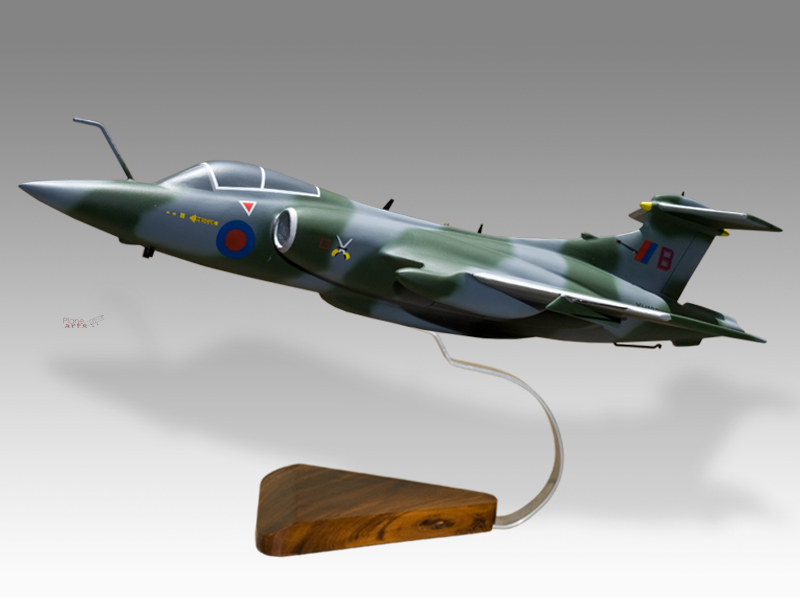
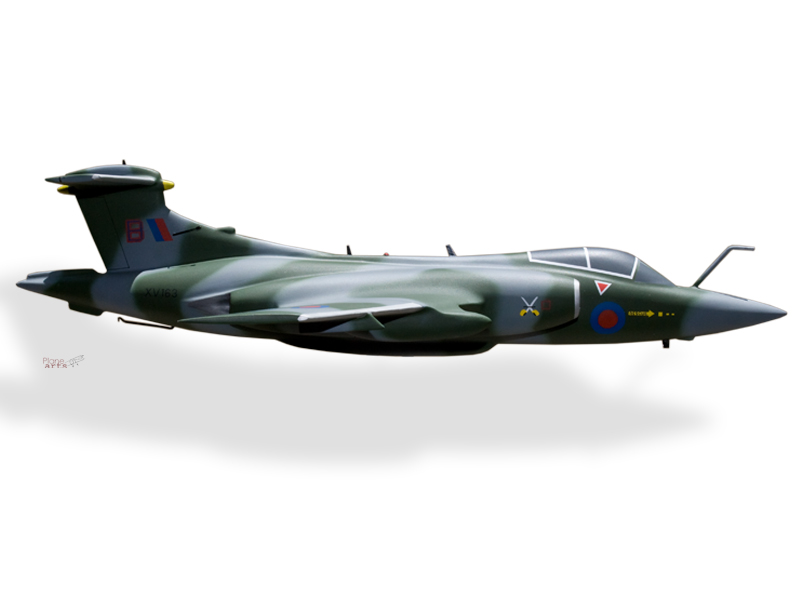
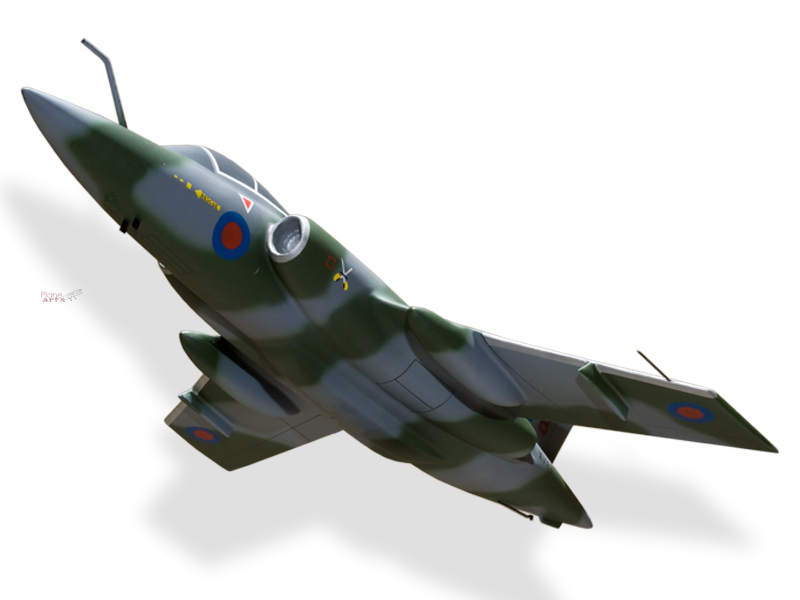
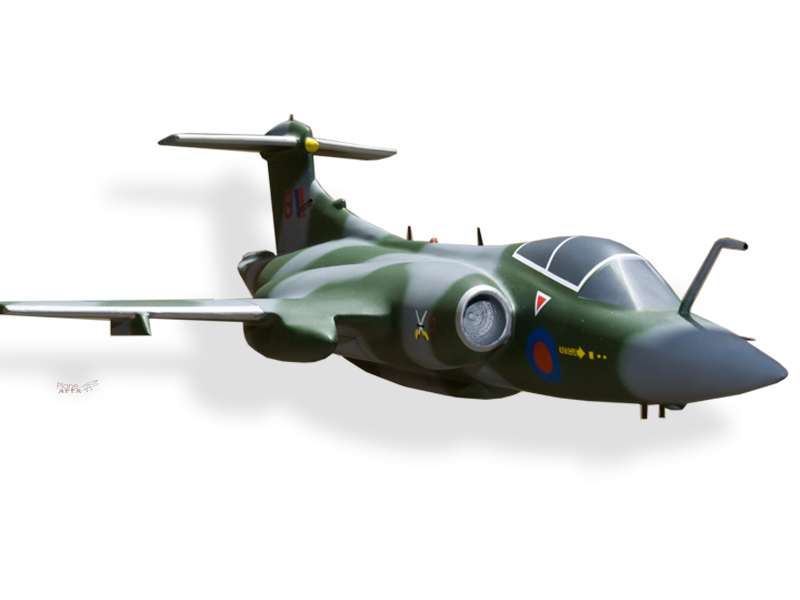
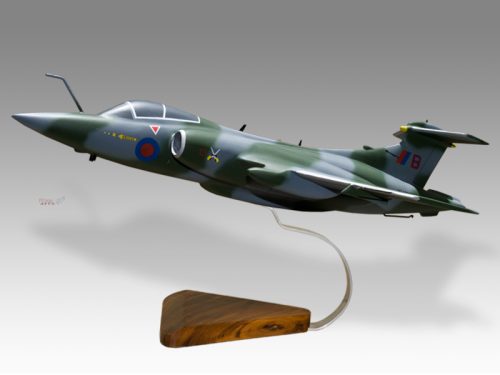
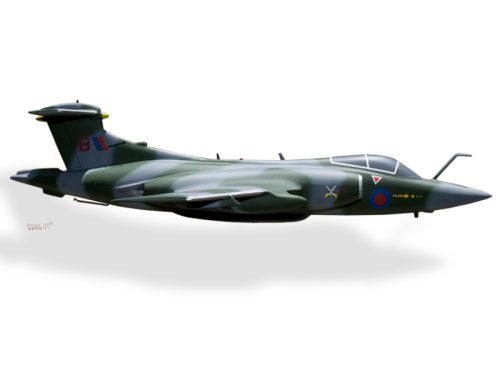
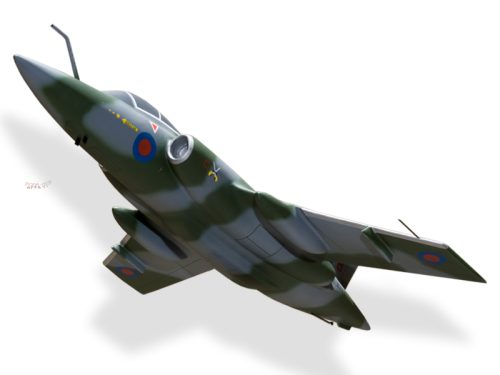
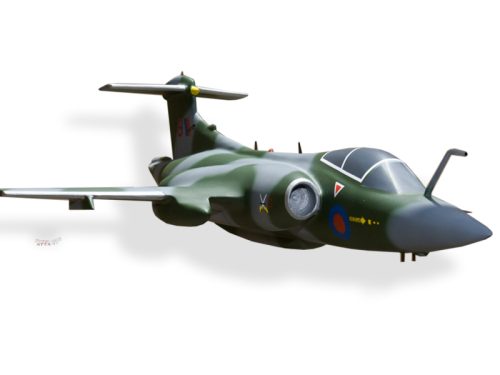
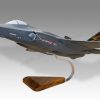

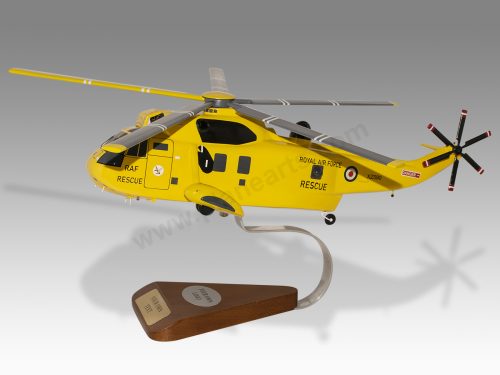
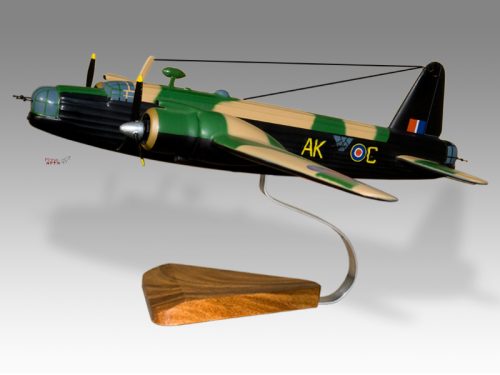

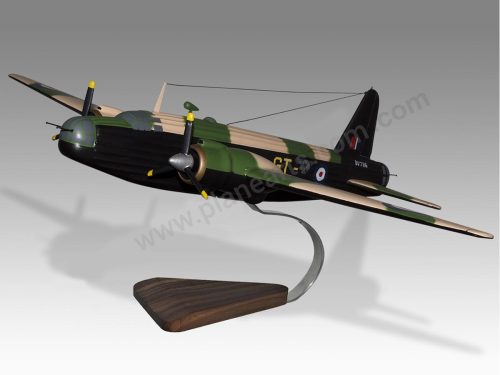

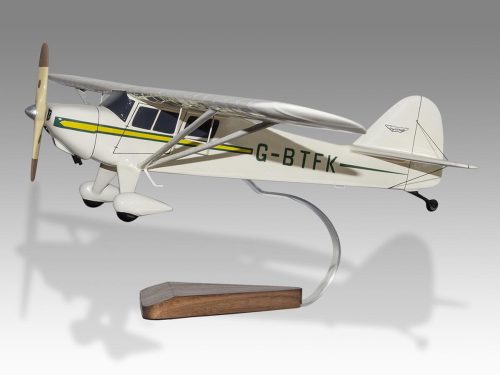
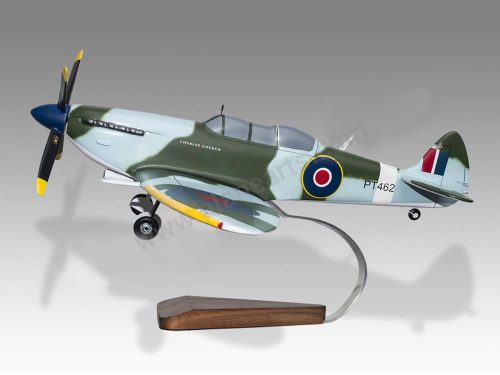
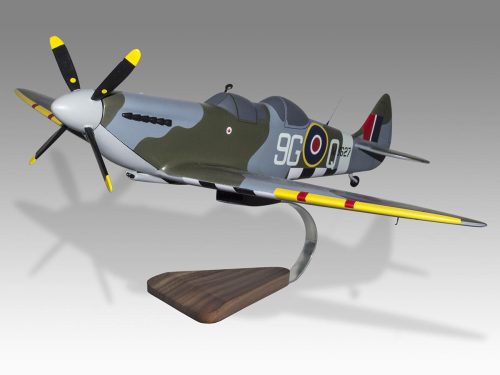
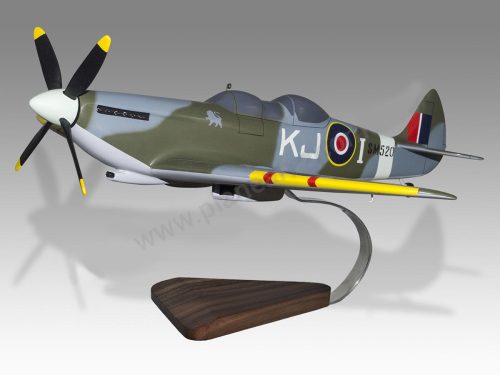
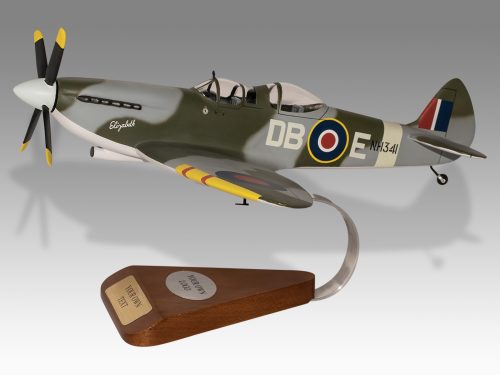
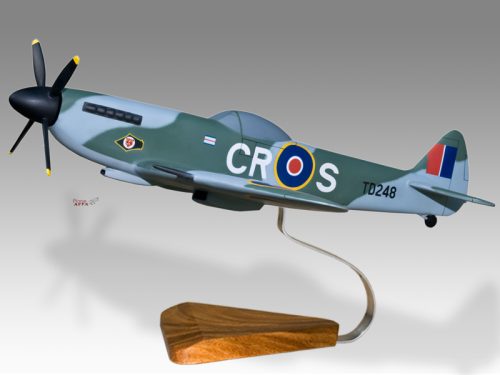
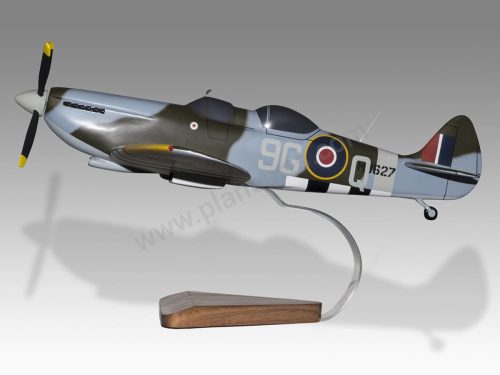
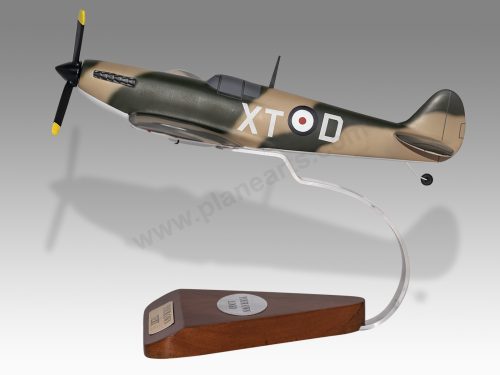
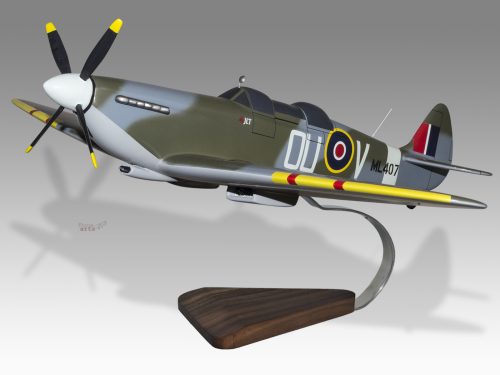




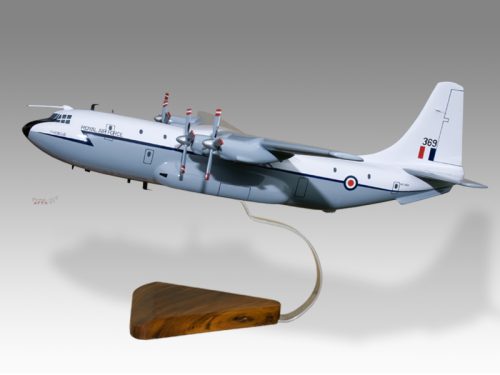

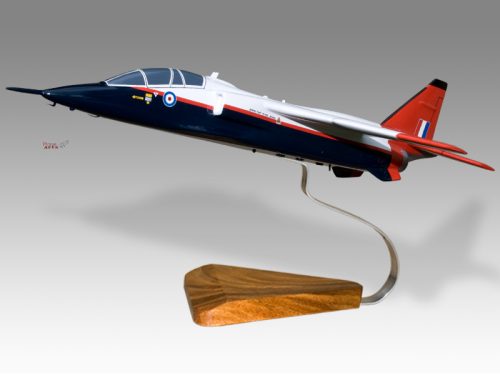
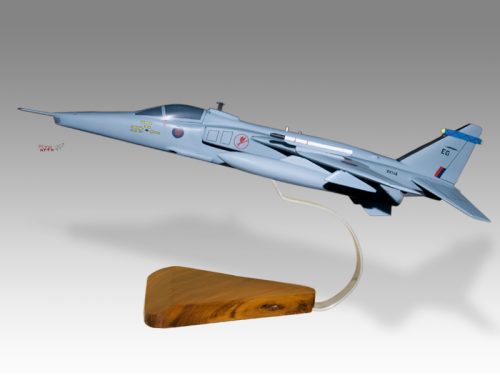
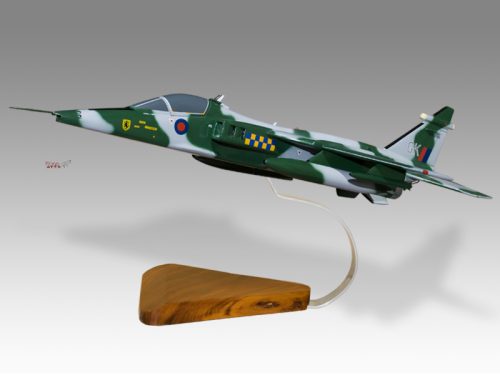
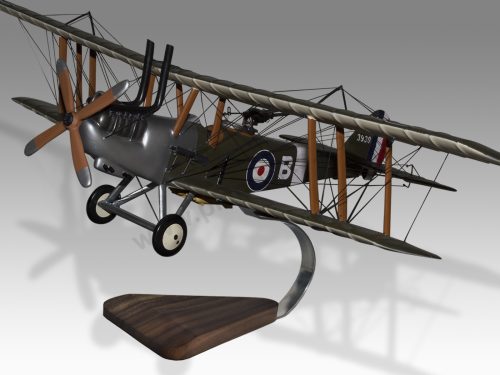
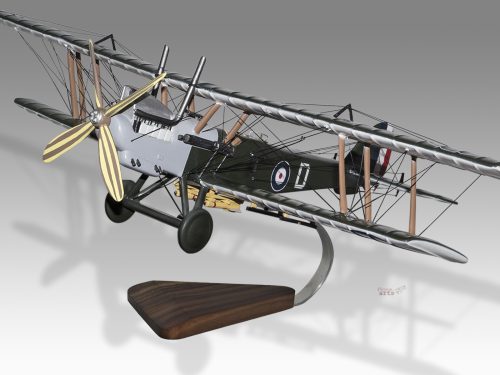
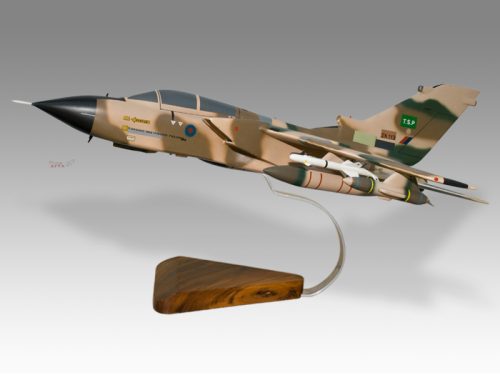
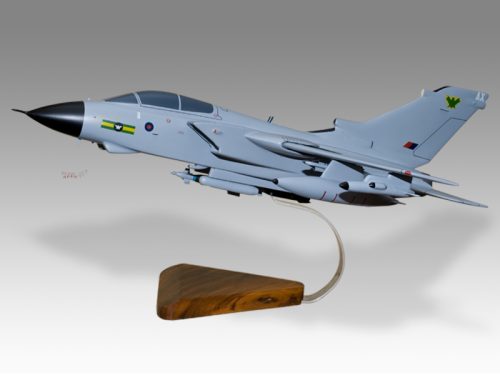
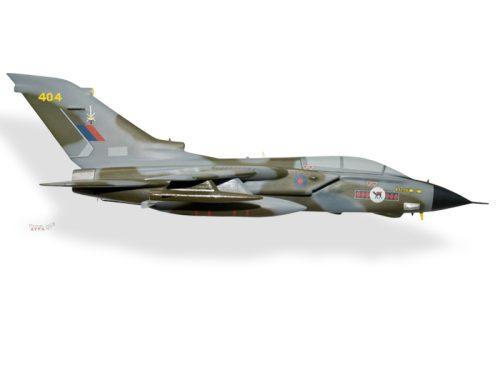
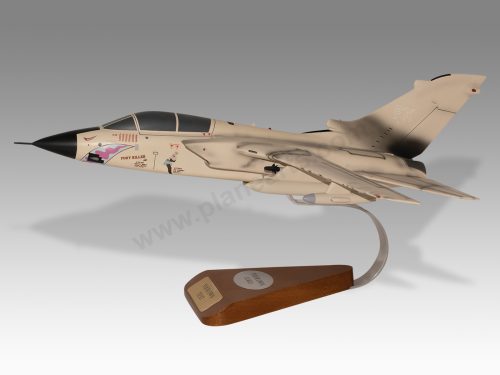
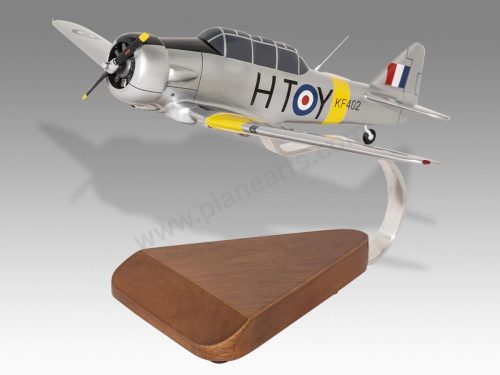

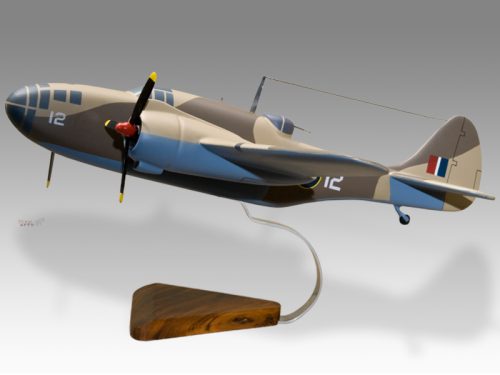
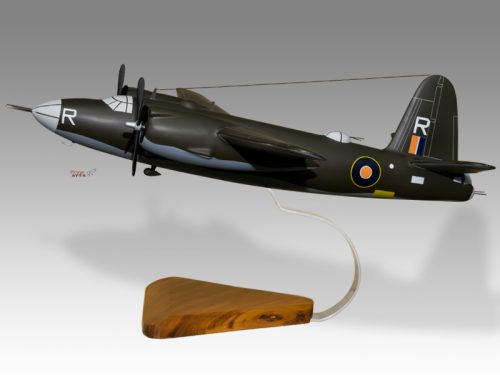

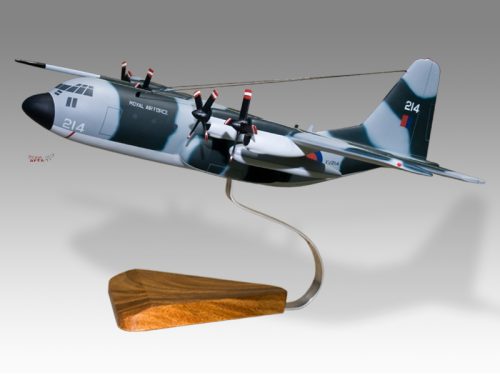



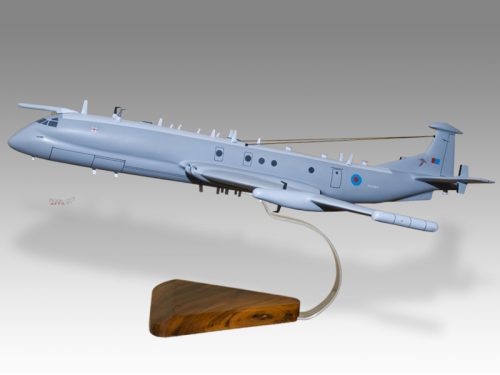
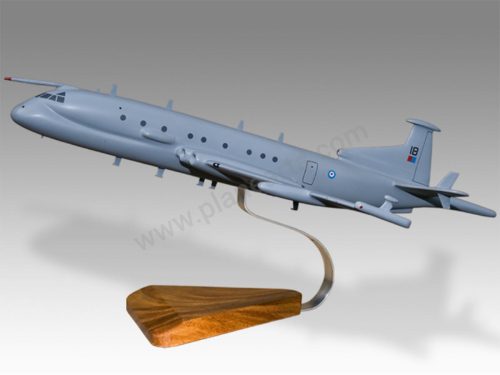


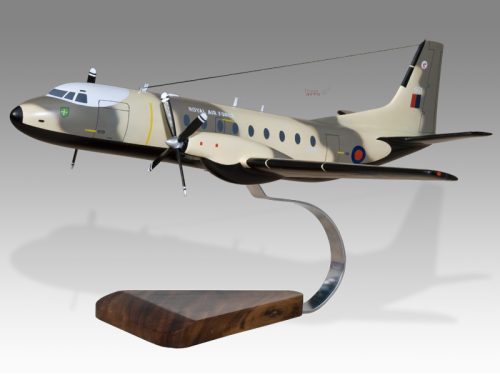


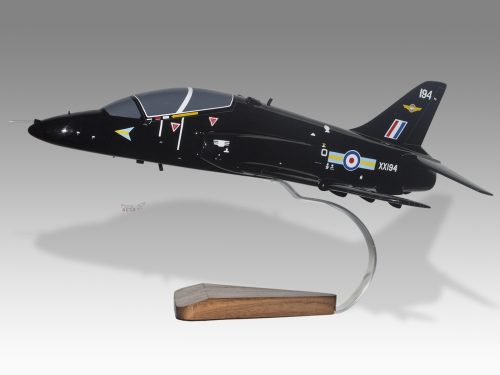
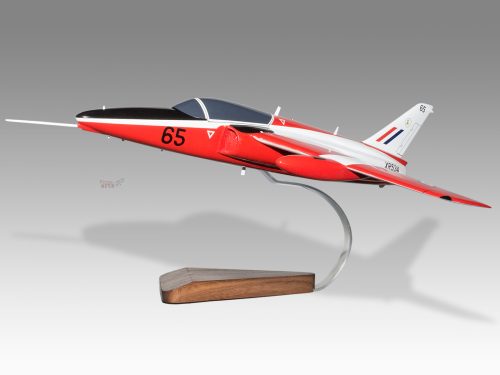
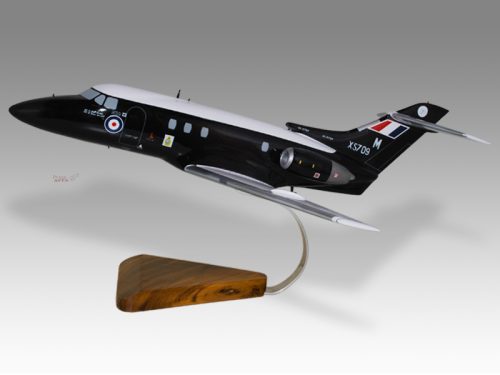
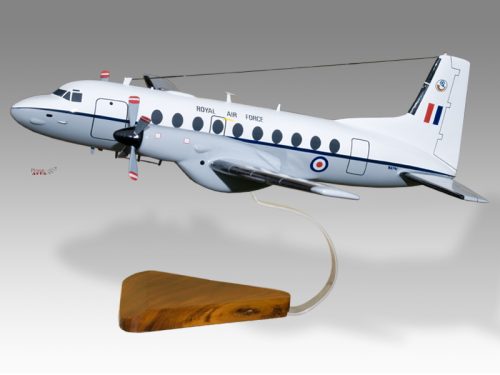
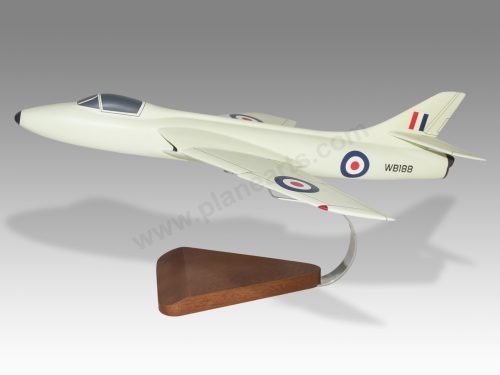
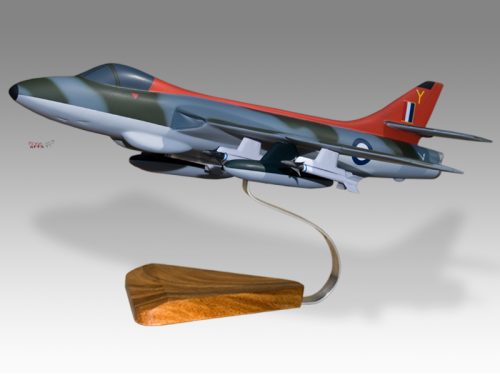

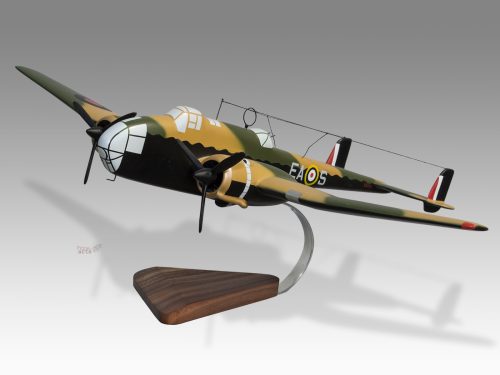

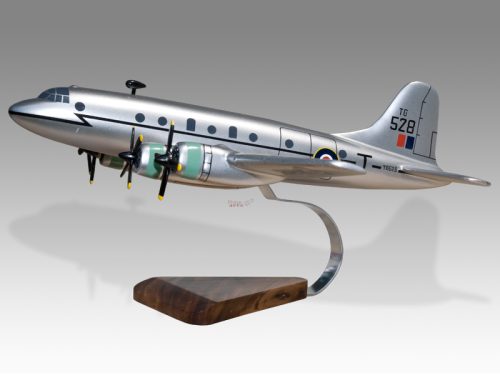
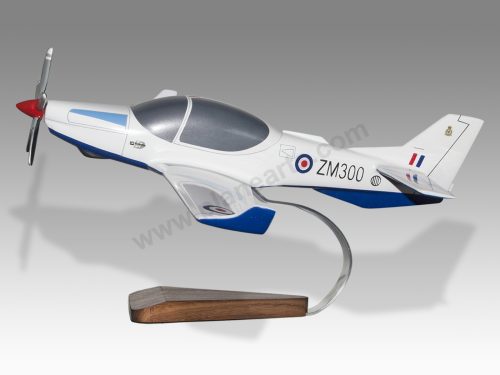

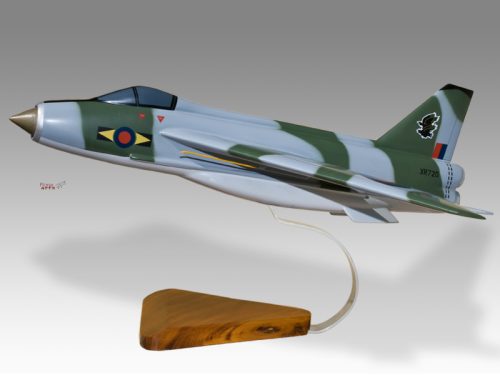


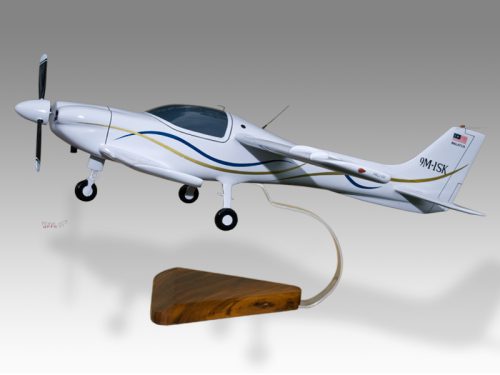
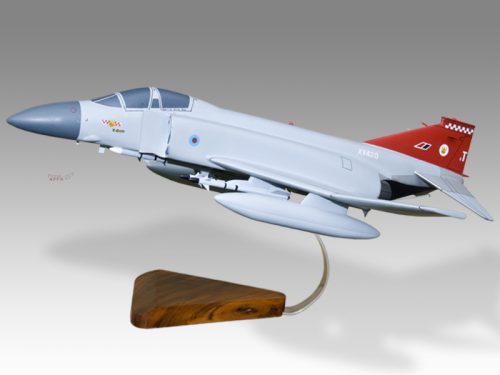
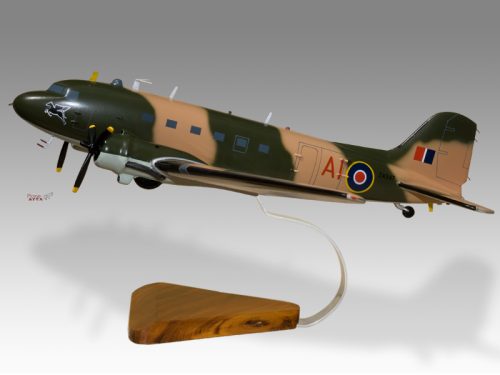

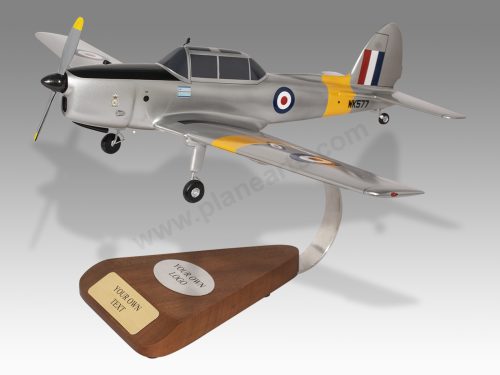
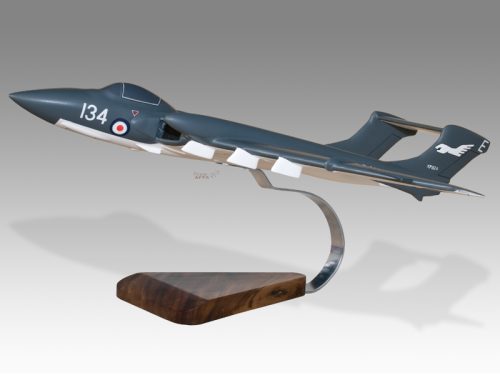
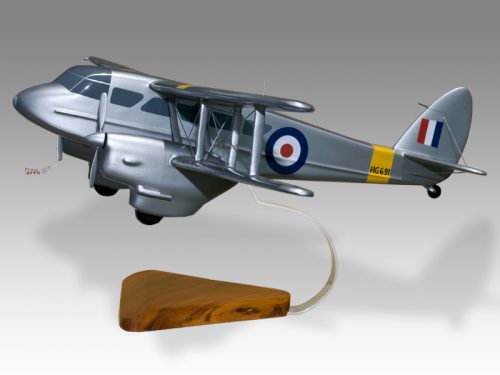
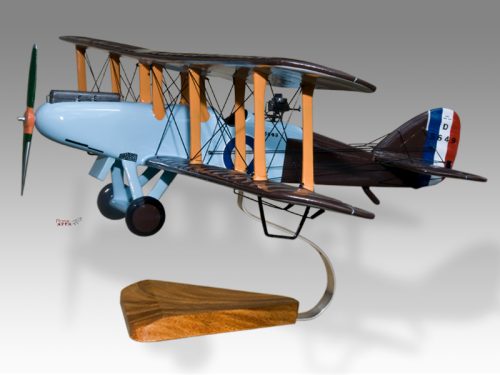
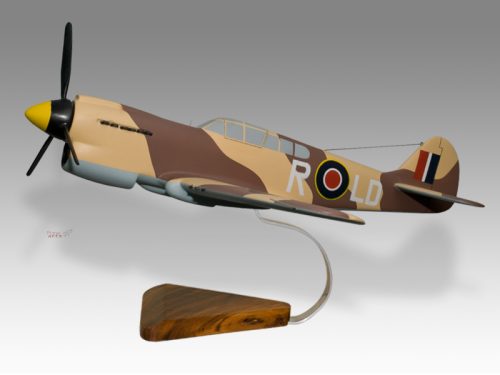

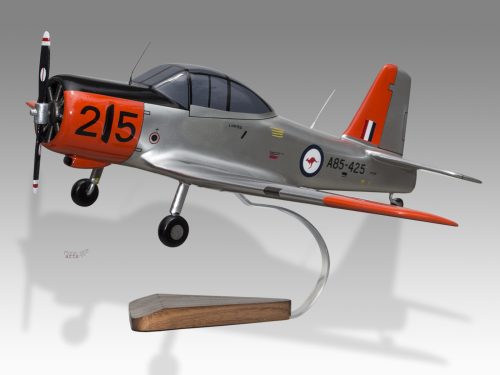

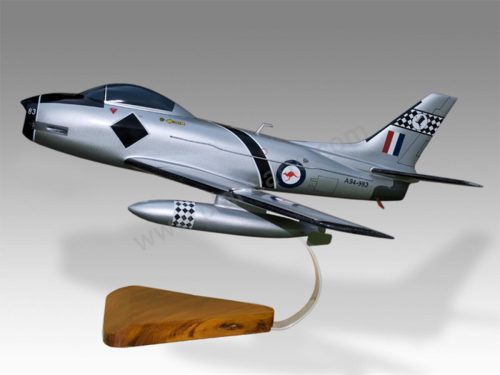
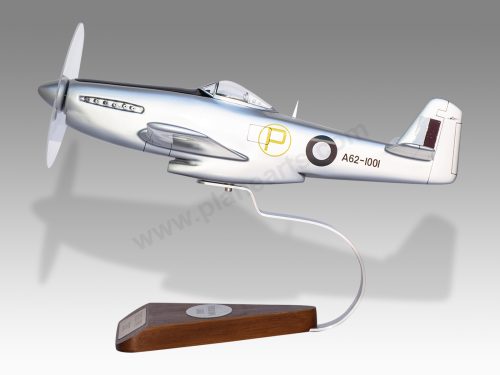
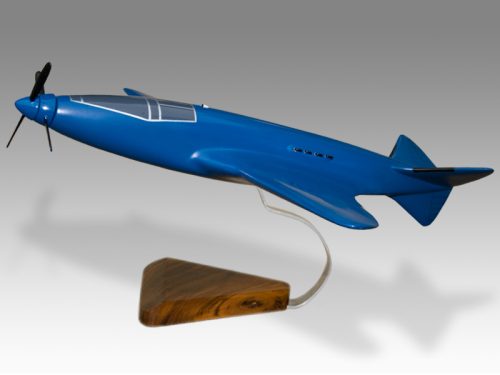
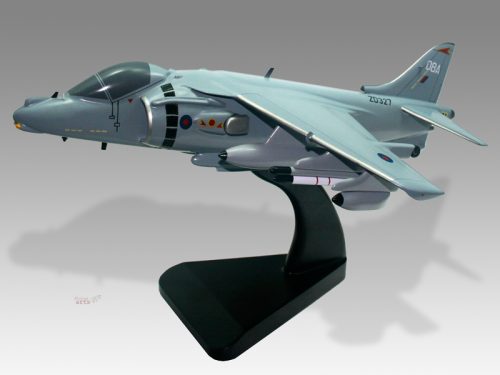
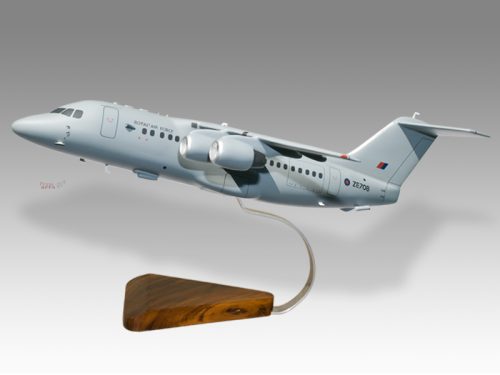

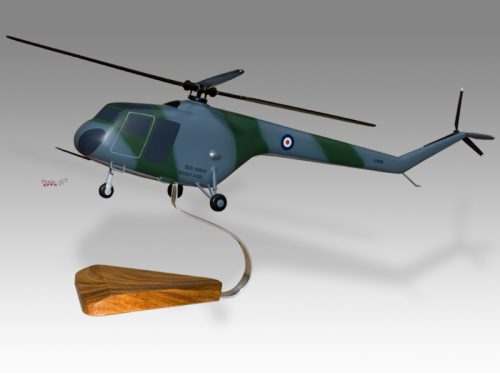
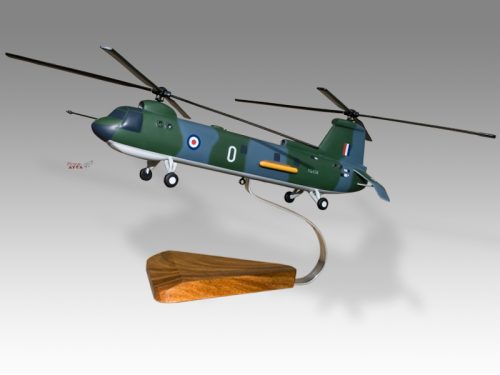

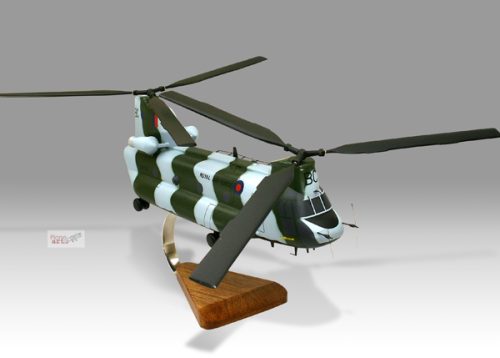
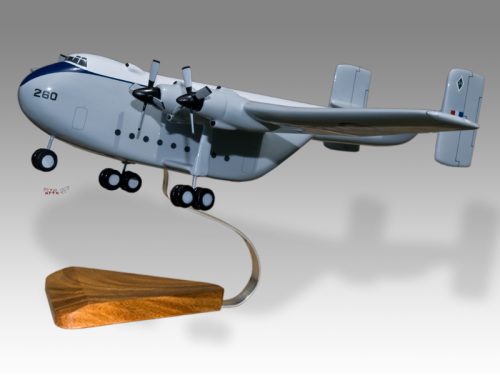
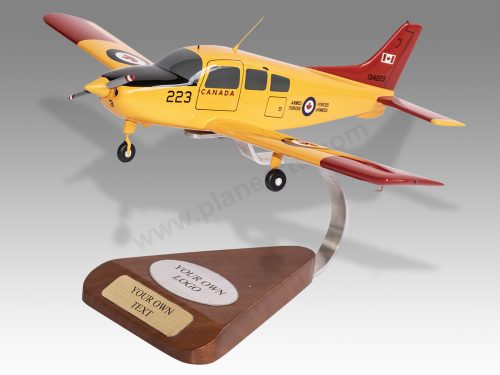
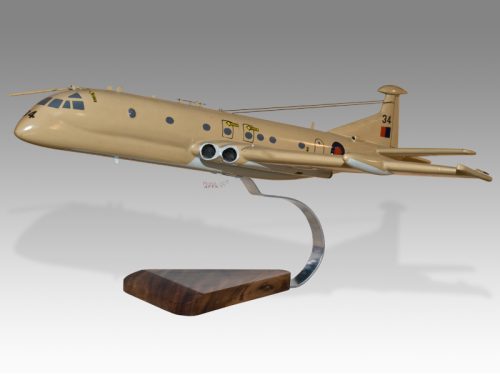

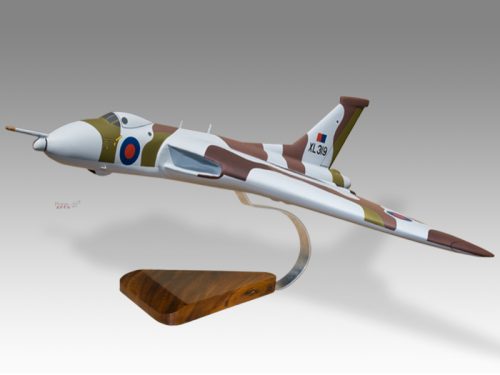
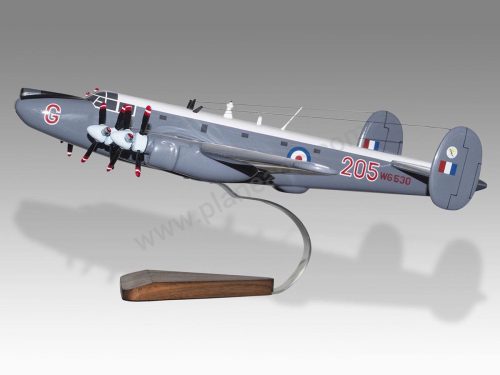

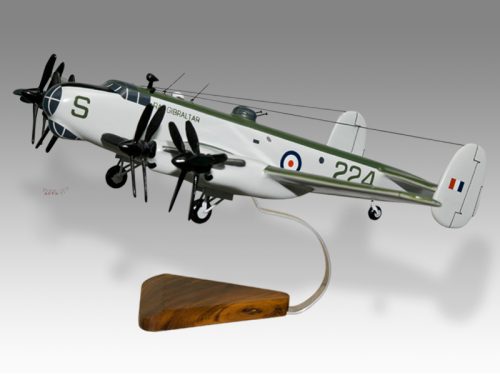
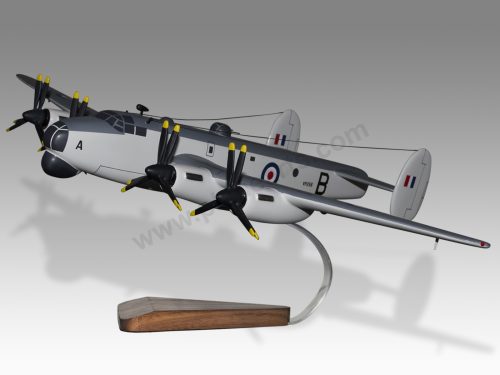
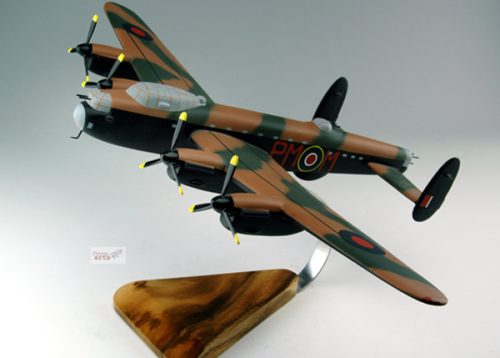
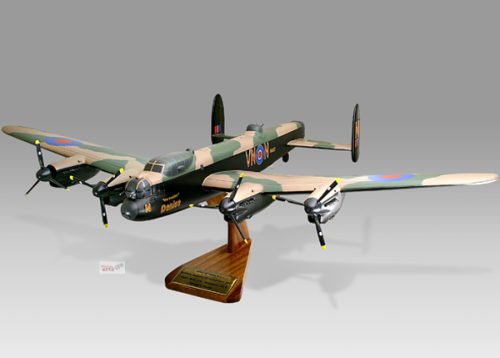
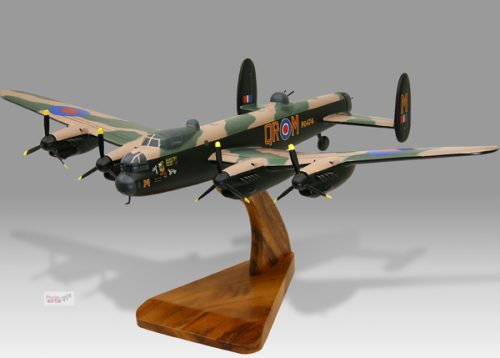


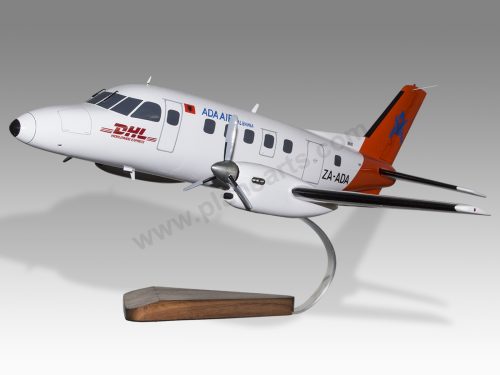

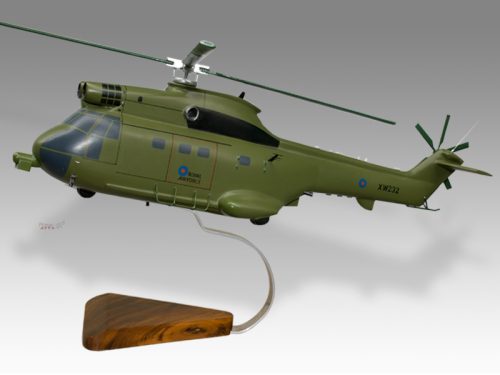

Reviews
There are no reviews yet.